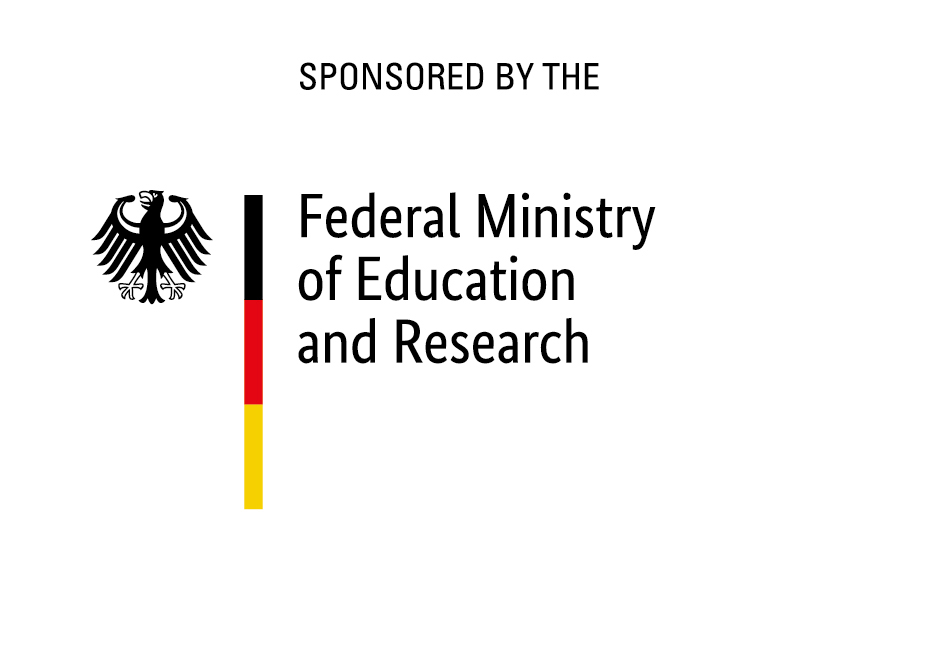GlobeDrought

Project Summary
Aim of the project GlobeDrought is to develop a stakeholder-supported web-based information system for comprehensive characterization of drought events and their impacts on water resources, productivity of crop, sale of food and need for international food aid. It is intended to provide information on occurrence of drought hazard and drought impacts (risks) for a historical time period with (approx. 2003-2015), at global and selected regional scale.
The project’s approach is to combine satellite-based remote sensing and precipitation data analysis with hydrological modeling and yield modeling. This combination provides indicators for characterization of meteorological, hydrological and agronomic droughts allowing quantification of drought hazards. The analysis of socio-economic data enables quantification of exposure and vulnerability. As part of a co-design process, users and stakeholders influence the content and technical design to develop the drought information system. The global scale analysis planned in the project will be accompanied with more detailed analysis on severely drought-affected regions, such as Southern Africa.
In addition, integration of an early warning component allows a prototype monitoring of drought and its risks to near-real time and also allows it to manifest current drought situation and simulate probabilistic drought forecasts for the next year at global as well as selected regional scale. More information on the project can be found on project website.
Our Contributions
The objective of the sub-project at Goethe University in GlobeDrought is to quantify hydrological droughts at global and regional scales based on simulation results of the global hydrological model WaterGAP, with validated simulation results. The contributions can be specifically enlisted as follows:
- Development of appropriate drought hydrological indicators with integrated knowledge from stakeholders. The developed indicators quantify streamflow, soil water, ground water and surface water (lakes and wetlands) droughts.
- Computation of hydrological drought indicators with other indicators developed in the project. Computation of hydrological indicators based on historical time period and development of a method to enable computation to near-real time (monitoring) and the near future (probabilistic forecast).
- Coupling of WaterGAP with the regional agricultural yield model SIMPLACE, in selected regions to improve the computed hydrological drought indicators and provide water availability data for irrigation to SIMPLACE. The coupling is made to the extent that in SIMPLACE the impact of the availability of blue water on yield decreases of irrigated crops can be taken into account.
- Uncertainties in WaterGAP results are to be reduced by assimilation of GRACE gravity data of total water storage anomalies (TWSA) into WaterGAP, including the determination of improved model parameters, such that the known discrepancies between GRACE and WaterGAP TWSA are reduced.
Contact
Eklavyya Popat
Claudia Herbert
Prof. Dr. Petra Döll (principal investigator)
Funding
German Federal Ministry of Education and Research (BMBF)
Duration
September 2017 – September 2020
Publications
Forthcoming
Posters
Popat, E., Herbert, C., Döll, P., Siebert, S., Kusche, J.: GlobeDrought: Towards a stakeholder-supported global drought information system. EGU General Assembly 2018, 8–13 April 2018, Vienna, Austria.
Presentations
Herbert, C., Döll, P., Siebert, S., Kusche, J.: Stakeholder-unterstützte Entwicklung eines web-basierten globalen Dürre-Informationssystems durch Kombination von Satellitendaten und Modellierung. Tag der Hydrologie 2018, 21 - 23 March 2018, Dresden, Germany.
Further Information / social media:
https://bmbf-grow.de/verbundprojekte/globale-wasserressourcen/globedrought - Webpage of the "GlobeDrought" project within the "Global Resource Water (GRoW)“ funding measure of BMBF (German Federal Ministry of Education and Research)




